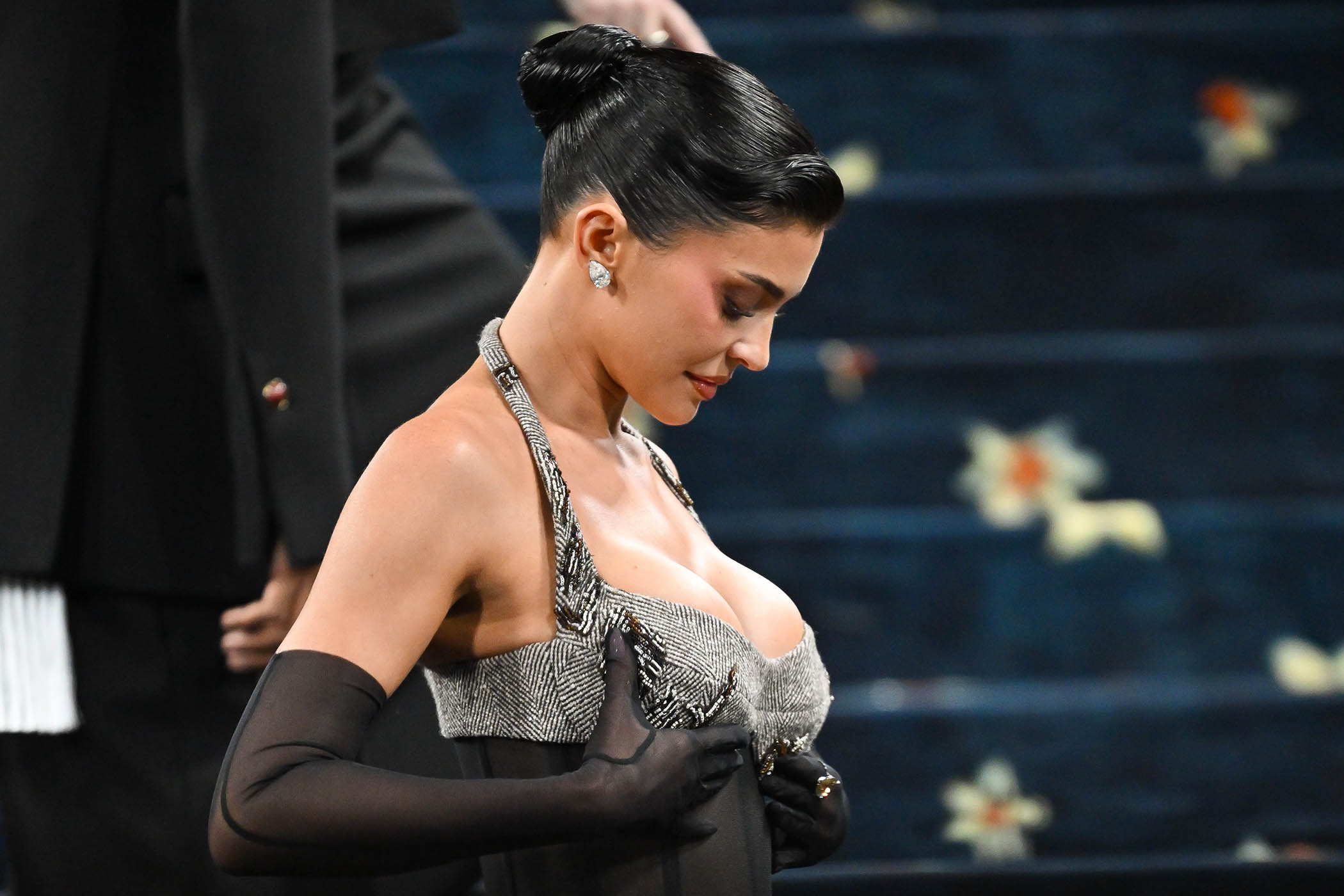If you’re a woman under 40 with bigger than average breasts, you have probably spent the last year being pushed to have a breast reduction. On TikTok and Instagram, you can find hundreds of thousands of posts, some getting millions of views, documenting the process of dropping multiple cup sizes and the beloved results for those who have had one.
What defines most of these videos is the dramatic before and after: clothes fitting better than ever, the appearance of substantial weight loss, buoyed by the fact that breast reductions don’t just make your boobs smaller, but perkier. Through a simple procedure, your breasts can be shaped to your precise taste. A previously unimaginable, bra-free life becomes possible.
Newsletters
Register to hear the latest from the Observer
View more
For information about how The Observer protects your data, read ourPrivacy Policy
This may be why breast reductions have quickly become one of the most sought-after beauty treatments since the pandemic: they are now the second-most popular cosmetic surgery in the UK and saw a 64% increase in the US between 2019 and 2024. Private breast reduction surgeries typically cost just under £10,000 in the UK – generally a couple of thousand more than the cost of breast augmentation, due to the longer surgery times for reduction. To qualify for reduction surgery on the NHS you must meet specific criteria (demonstrable neck and back pain, skin irritation, a proven effort to resolve these issues through other means) before a potentially years-long wait. Some women have claimed the NHS has discouraged them, with mixed opinion about the impact on breastfeeding.
But unlike much cosmetic surgery, the discussion around breast reductions has been overwhelmingly positive. They are pitched as empowering – meeting the female gaze, not the male one; a rare body trend that experts say has been driven by normal people online rather than celebrities.
It appears that for the first time in years, women are being sold a physical change that is “for them”, not for men. But does this breast-reductions-as-feminist framing tell the whole story?
While breast reductions can improve back pain or have social benefits – such as a desire not to be constantly sexualised – the idea that this surgery subverts patriarchy is specious. It may displease a certain subsect of big-boob obsessed men, but women are being encouraged towards this expensive, invasive and not risk-free surgery – a minor one being that your boobs may actually grow back – because society says it will make them look better. It also doesn’t feel serious to suggest that many men don’t prefer smaller breasts – try asking straight women with an M-cup chest who are dating.
This framing also obscures the fact that this is a body trend, one which has unsurprisingly surged as thinness has overtaken the curvy, Brazilian butt lift body as the female form du jour – something it’s worth noting that has, indeed, been popularised by celebrities.
As someone with a big cup size whose friends and family have had successful breast reductions, I can pretend my own desire for breast reduction is about back pain or weariness at sexualisation, when the reality is that it would be nice to have my breasts look pert and, in general, to look thinner. For many, the aesthetic is the driving force.
This confused messaging is indicative of a wider grey area in our culture, where people are being offered supposed routes out of oppression that also fundamentally uphold the systems oppressing us. We can see a similar effect with GLP1s, such as Ozempic, where many have rightly argued that weight-loss jabs mean anyone with means (especially women) can opt out of the valorised torture of dieting and extreme exercise and can escape fatphobia by choosing to become thin.
In the short term, this undoubtedly blunts the sharp end of misogyny for that individual. What it doesn’t do is pursue a reality where being fat – or even just not thin – is culturally accepted and not vilified. It doesn’t somehow make a jab or surgery not part of the oppression.
The problem isn’t with individuals electing to have a surgery that will objectively make their lives easier, but with the argument that doing so is part of some body positive resistance, rather than an understandable cession to harsh and narrowing beauty standards. Like most things in our confused cultural moment, a seemingly opposite reality is also thriving.
The most popular cosmetic surgery procedures before breast reductions are still breast augmentations. Kylie Jenner went viral this summer for sharing her own boob job recipe; our increasingly pornified society continues to herald disappearing waists supporting large chests. What persists in both these trends, however, is an idealised female body that remains impossible to meet.
Everyone deserves the autonomy to do what is right for them and their body. In many cases and for many people, a breast reduction will be the right answer. But real resistance to misogyny requires making the uncomfortable choice not to bend to algorithmic preferences – and, at the very least, to be honest about the times when we are bending.
If we want a world without these conflicting messages about how we must look, where everyone can exist without these pressures, it has to start with allowing our bodies to be how they are in spite of them.
Photograph by James Devaney/GC Images

